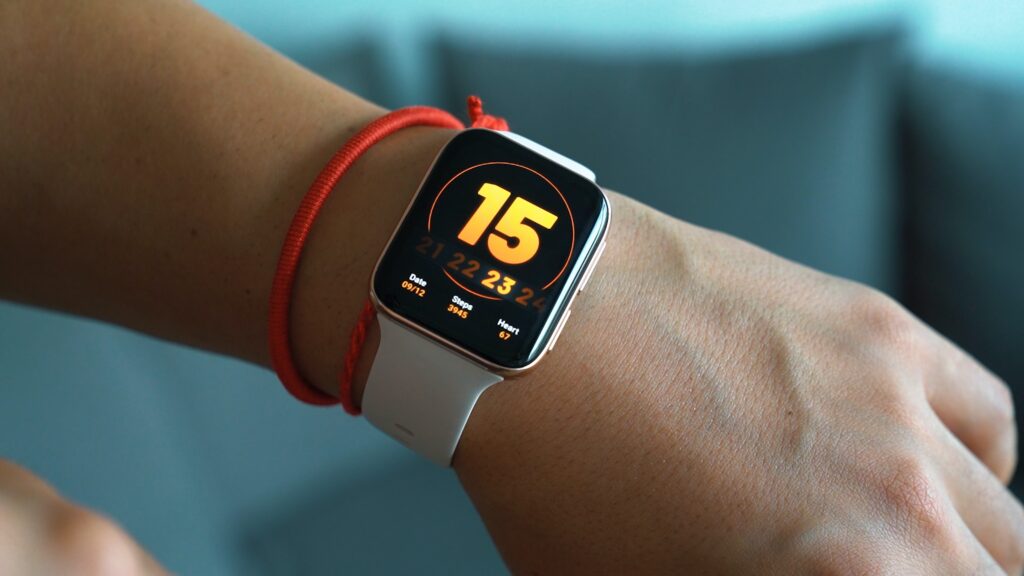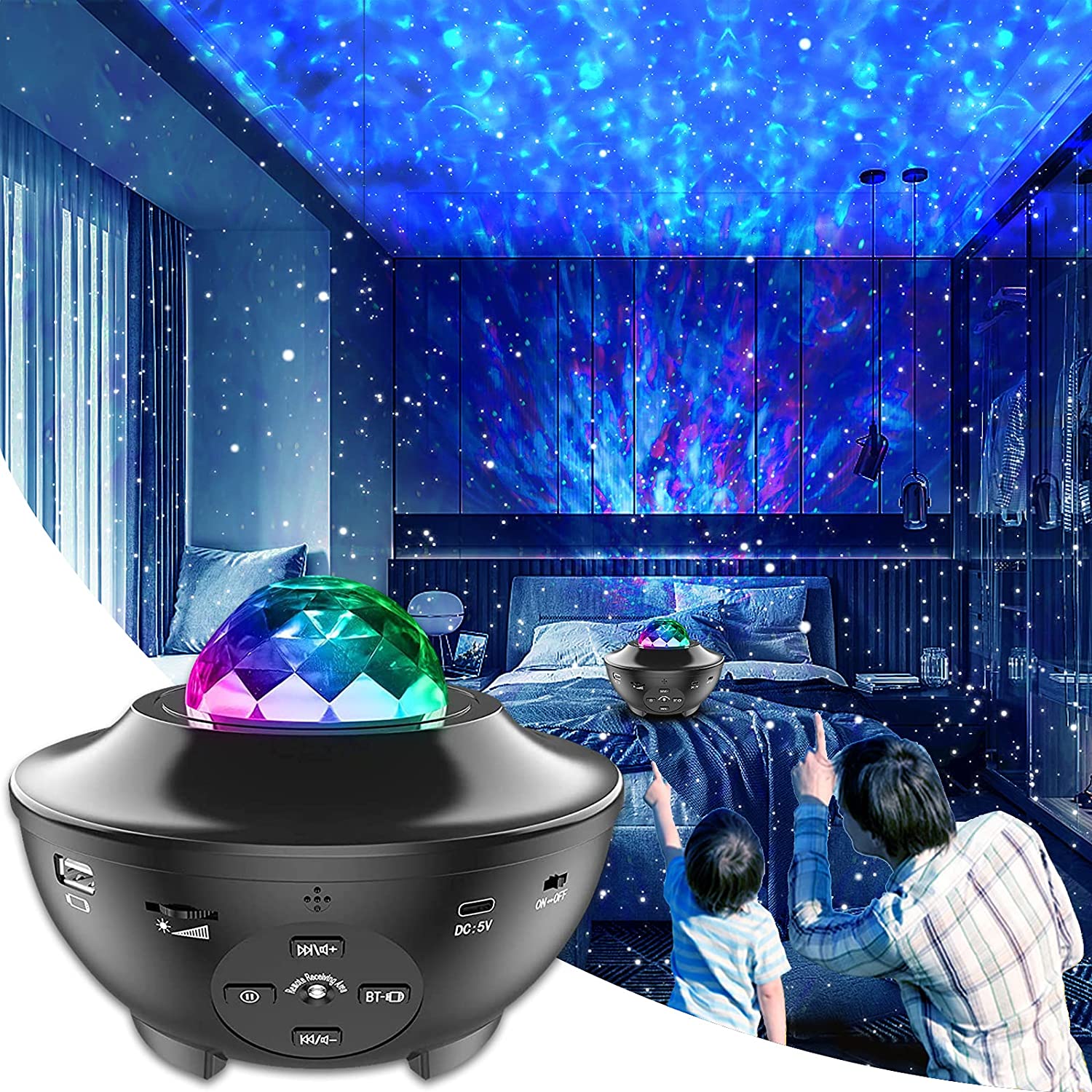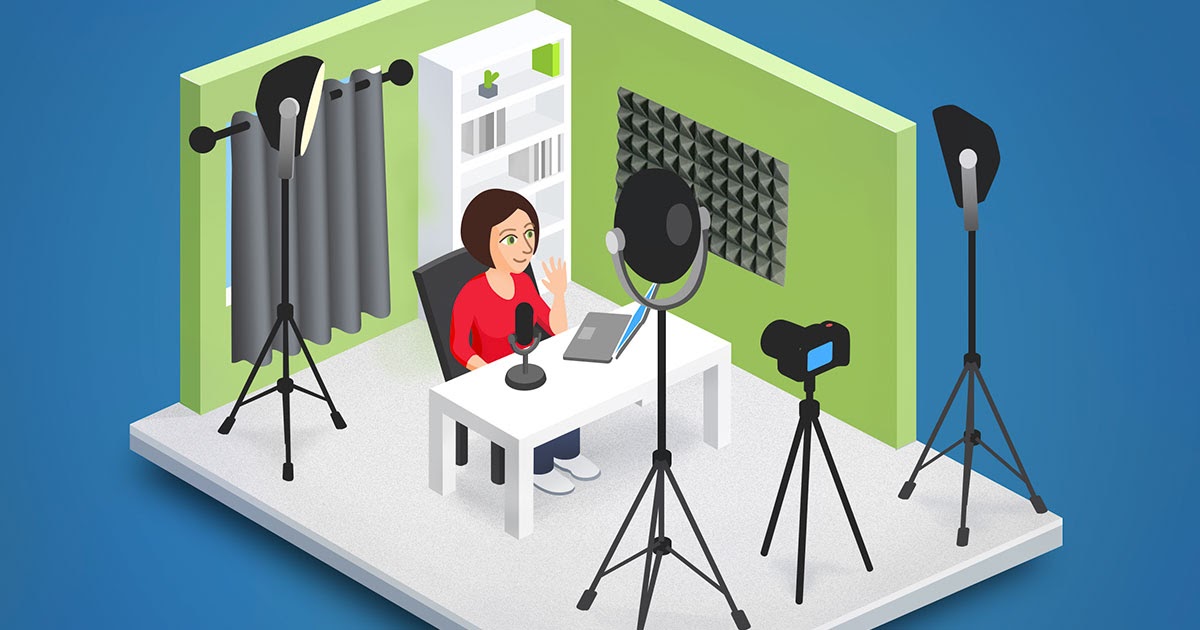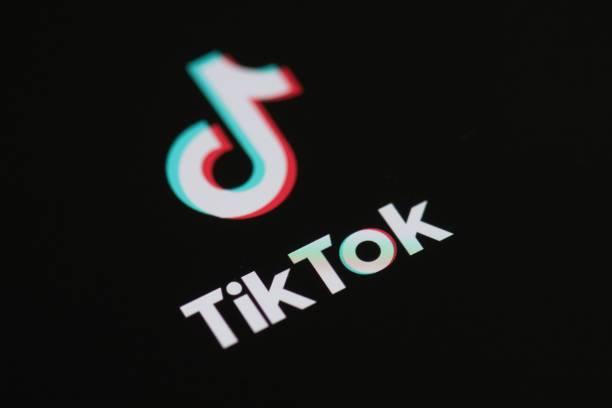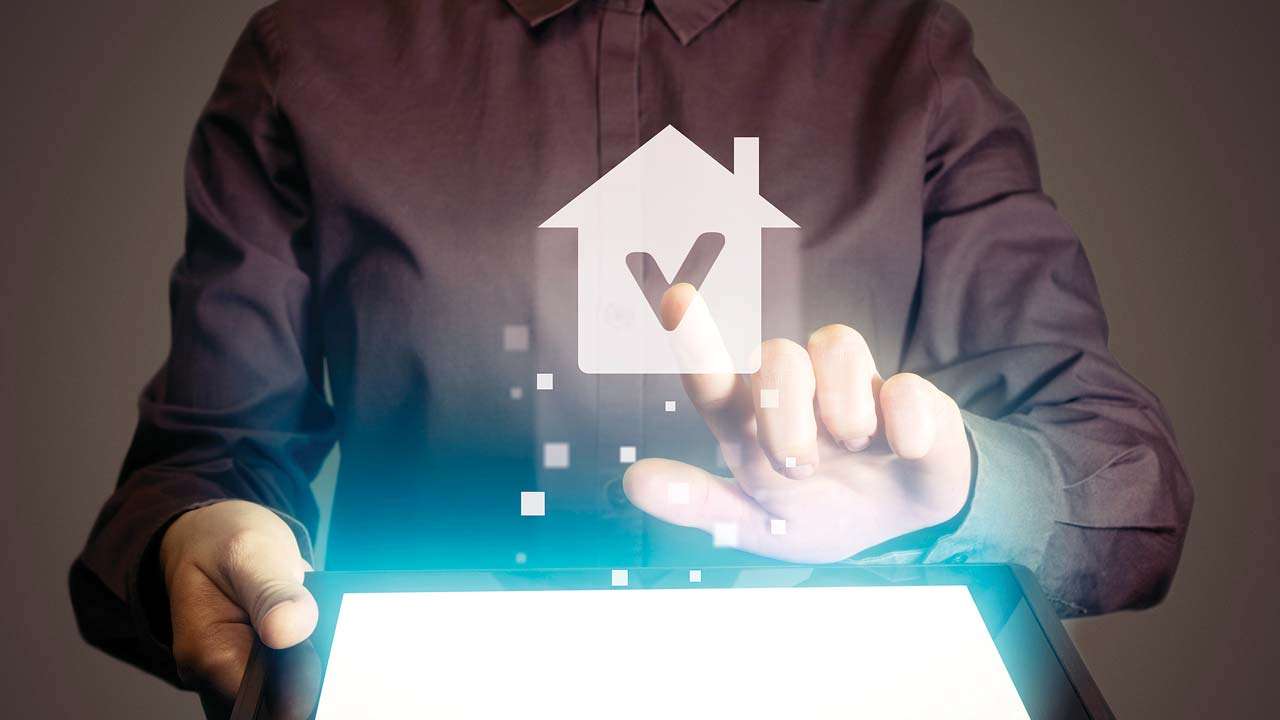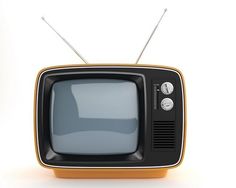When it comes to creating a digital home, there are now so many options than ever before.
What makes up a digital home?
To build a digital home, the first thing that we need to talk about is the first step that you should take when deciding to build a smart home. This means, what platform will you use to run all of your smart home devices?
There are two main ways:
- The first is you can go with an integrated solution from a company that will come in, and install everything, and give you a platform on which everything runs.
- The second option is to set up a smart home yourself by using platforms like Google Assistant, Amazon’s assistant, Apple’s home kit, Samsung Smart, and other smaller platforms which are mainly for very tech-savvy people.
Why is a Digital Home Important?
The answer is quite obvious. Aside from making you feel like you live on the starship, having a smart assistant, being able to control all of your smart home devices is super CONVENIENT.
It reduces the stress of holding your phone everywhere with you. Everywhere you go you can control the lights on your phones or other devices, and you don’t have to walk up to a specific electronic device to switch it on. You can control your devices from wherever you are in your home by just using your voice.
The Different Platforms And The different Types Of Technologies Used In Digital Home Setups
You can use more than one assistant in your home. You will just need to make sure that the assistant you’re using can control all of your smart home devices because not all smart devices can be controlled by the big system platforms (Google Assistant, Amazon Assistant and Apple home kit). But, it is common for most devices to work with Google Assistant or Amazon assistant.
With digital home devices, there are several different technologies at play, depending on the smart devices you use. Some devices use wifi or Bluetooth, while others rely on a small host of platforms.
With the availability of smart assistant platforms like Google Assistant, Amazon’s assistant, and Apple’s home kit hubs, it has been easy to control your smart home devices because many of the devices today will just directly connect to your wifi network, which has no disadvantage except that when your wifi goes down, you will lose the ability to be able to control your smart home devices.
For the everyday consumer, I don’t think you need to worry about whether or not your smart home device uses Bluetooth or wifi. Because, For most consumers, the single thing to do is to decide on the platform that you want to run your smart devices on, and you will buy smart devices that are certified to work with that.
If you’re the type of consumer that has deep technical knowledge, or you just want more control over your smart home, then pay more attention to the technology that your smart home devices are using.
Alright, now that we’ve gone through the different platforms in the different types of technologies used in digital home setups, let us talk about what types of digital home devices you can use in your home.
Types Of Digital Home Devices You Can Use In Your Homes
I will divide them into these categories;
- Appliances and Accessories
- Music media
- Lighting
- Climate and
- Security
Appliances and Accessories
This category grows larger and larger every year. Appliances like a stove, refrigerator, washing machine, vacuum cleaner, blender, oven, just to mention a few. You also need some digital accessories that can connect to your smart home platforms like smart blinds, robotic vacuum cleaners, smart scales, smart plugs, et cetera.
In all of these digital home accessories, Smart plugs are the most used over the years, and here is why. Smart plugs make any home appliances automatic. With smart plugs, you can simply turn on or off your electronics, on any of the major smart home platforms.
They are especially handy when it comes to decoration lights. For example, Celebrations that needs light decorations like weddings or Christmas. With smart plugs, lights can be switched on or off, or if you wish to change the color, just with one switch. You can use about 5 to 8 spark plugs to link all of the lights to the Google assistant.
Once you have chosen your smart home platform and start buying devices for your smart home, you’re just going to be amazed at how easy it is to automate some of the most mundane parts of your life, like:
- turning off the lights in every room of your house with just your voice, and not leaving the comfort of your room.
- having blinds set up to automatically close at sunset.
Most of the major platforms have routines that you can create within the platform to help automate all of your devices.
For example, when you come home, your lights can automatically come on, your thermostat turns up, and your speaker starts playing the latest news from BBC. Or when you start getting ready for bed, your thermostat lowers the temperature, the lights turned to a sunset color and slowly Dims, and after 30 minutes, the blinds close, your bedroom fan turns on, and your system tells you what’s on your calendar for tomorrow, and then starts playing calm music to help you drift off to sleep.
What an easy automated life.
Music and Media
With a whole-home audio system, this type of functionality allows you to play music and media throughout your home, typically using smart speakers that run voice assistants. And you do have quite a few options to choose from when setting this up.
Amazon, Apple, and Google all make smart speakers that will play various music and streaming services on the speaker itself. There are also third-party speaker systems you can buy from other companies that can work with the big system platforms. Some speakers will even allow you to have Alexa and Google assistant directly on their speakers.
Control your media within your digital home. This involves controlling TV or projector-associated speakers and then the lighting of your media, but we’ll get to lighting in just a minute.
From reviews and ratings, Apple, Amazon, and Google have the best TV streaming devices that will enable you to turn on and off your TV and related devices within the system.
The chrome cast with Google TV and Apple TV, in particular, makes it easy to stream content from your devices directly to the TV by using either apple’s airplay or Google’s casting feature
Digital Lighting
There are generally two approaches to installing smart lighting within your digital home. You can either make the light bulbs smart, or you can make the switch that controls the light bulbs smart, using a smart plug. And you can use a combination of these approaches to make a digital lighting room.
These smart light makers make LED bulbs that are typically in 3 categories;
- Plain white balls that go from daylight to warm white,
- One-color bulbs, usually red, blue, or purple, and
- Multi-colored bulbs.
Sometimes the bulb uses Bluetooth or wifi, or anything that connects to the router. Automation of your light makes it possible to switch on and off the light with just your voice command. You can also control the lights using an app on your smartphone.
For example, you can set your home lighting to automatically display sunrise colors in the morning, and have them automatically change to daylight during the workday, and then change to a warmer hue in the evenings. You can also decide to use your location and use geofencing technology to turn on and off your lights when you come home and leave.
Other accessories you can get with your smart lights include; wireless dimmer switches that you can assign to control a variety of lights in your residence.
Smart light switches connect to your home’s wifi network to either control the lights with the switch using the phone app or with a smart assistant. These are a good option if you’re doing a remodel or building a new home and you need to put in lights.
Climate Control
Digital thermostats are wifi connected thermostats that can be controlled by your smart assistants. Most smart thermostats will work with the platforms, and their installation is pretty easy.
You can program the thermostats with your weekly schedule. Some brands use Artificial Intelligence (AI) to predict what the temperature should be set to. This allows you to stick sensors in different rooms around your house to aggregate the temperature data in your home, which gives you a true home temperature.
Smart Home Security Systems
The options here vary, depending on your location. You can choose to go with the service from large brands, or you can choose a ‘do it yourself’ route by doing the installation of the sensor base station cameras, and supporting equipment by yourself.
Endeavor to buy cameras from a company that you trust with your privacy, and you also want to make sure that the cameras you buy are compatible with the smart home platform that you’ve chosen. Because being able to tell the Amazon assistant or Google assistant to bring up a video feed on a display or tell Siri or Alexa to on the system, makes it much more convenient.
This level of digital life automation is no longer a dream, it’s attainable and accessible to millions of people out there. Thanks to the smart home platforms and the thousands of devices that run on them. Smart home tech has the potential to change our lives for the better, and it is an important part of our lives.






